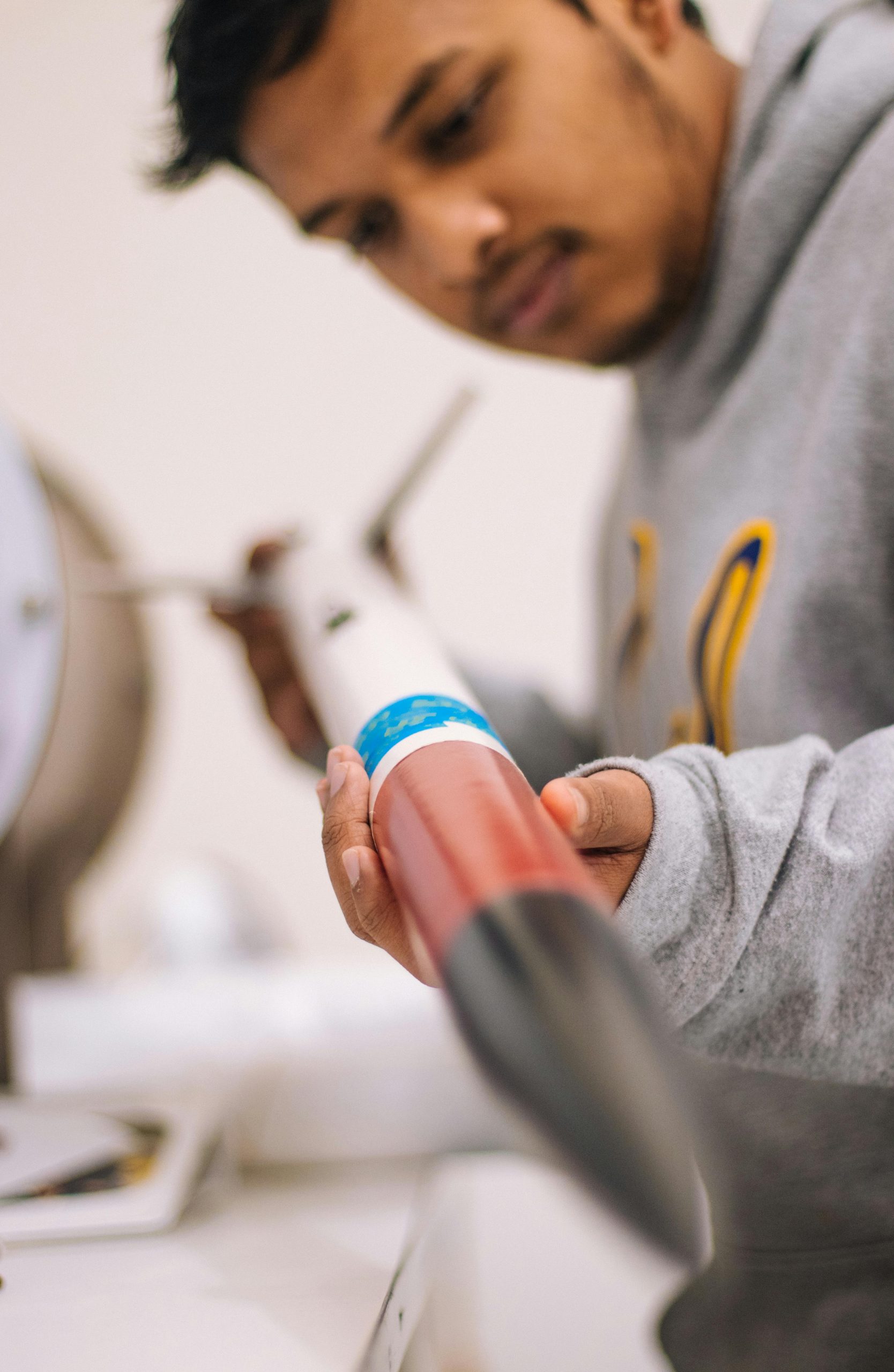Graphic design is a thriving field with endless opportunities, but you don’t need a college degree to break into it. In 2025, learning graphic design has never been more accessible, thanks to free and affordable online resources, self-paced courses, and hands-on practice. Whether you’re a complete beginner or looking to refine your skills, this guide will show you the best ways to master graphic design without stepping foot in a classroom.
1. Leverage Free Online Learning Platforms
One of the best ways to learn graphic design is by taking advantage of free online courses. These platforms offer structured lessons taught by industry professionals, allowing you to learn at your own pace.
Top Free Platforms for Graphic Design
- YouTube: Channels like The Futur, Will Paterson, and GFXMentor provide tutorials on everything from Adobe tools to branding.
- Canva Design School: Offers free courses on design fundamentals, perfect for beginners.
- Khan Academy: Features free lessons on design principles and digital art.
- Google Digital Garage: Provides free courses on UX/UI design and digital marketing.
These resources are a great starting point, but if you want deeper knowledge, consider affordable paid courses on platforms like Udemy or Skillshare.
2. Master Industry-Standard Tools
Graphic designers rely on software like Adobe Photoshop, Illustrator, and InDesign. While these tools can be expensive, there are budget-friendly alternatives and free trials available.
Affordable & Free Design Tools
- Adobe Creative Cloud (Free Trial): Get a 7-day free trial to explore Photoshop, Illustrator, and more.
- Figma (Free Plan): A powerful UI/UX design tool with a free tier for individual users.
- GIMP: A free, open-source alternative to Photoshop.
- Inkscape: A free vector graphics editor similar to Illustrator.
- Canva (Free & Pro): Great for quick designs, social media graphics, and presentations.
Practice daily with these tools to build confidence and proficiency. Many online tutorials guide you through real-world projects.
3. Build a Strong Portfolio with Real Projects
Your portfolio is your most important asset as a designer. Instead of waiting for client work, create your own projects to showcase your skills.
How to Build a Portfolio Without Experience
- Redesign Existing Brands: Take a well-known logo or website and redesign it to demonstrate your creativity.
- Freelance for Free or Low Cost: Offer your services to nonprofits or small businesses to gain real-world experience.
- Participate in Design Challenges: Websites like Daily UI or Behance Challenges provide prompts to practice and showcase your work.
- Create Personal Projects: Design a fictional brand, including logos, business cards, and social media assets.
Use platforms like Behance, Dribbble, or a personal website to display your work professionally.
4. Join Online Communities & Network
Networking is crucial in the design industry. Engaging with other designers can lead to mentorship, collaboration, and job opportunities.
Best Online Communities for Designers
- Reddit: Subreddits like r/graphic_design and r/design_critiques offer feedback and discussions.
- Discord & Slack Groups: Many design communities host live chats, critiques, and networking events.
- LinkedIn: Follow industry leaders, join design groups, and share your work to attract potential clients.
- Local Meetups (Virtual or In-Person): Websites like Meetup.com list design-related events.
Engage actively—ask questions, share your work, and seek feedback to improve continuously.
5. Stay Updated with Design Trends & Resources
Graphic design evolves rapidly, so staying informed about trends, tools, and techniques is essential.
Ways to Keep Learning in 2025
- Follow Design Blogs: Websites like Creative Bloq, Smashing Magazine, and Design Shack publish trend reports and tutorials.
- Subscribe to Newsletters: Sidebar and Design Matters curate the best design content weekly.
- Listen to Design Podcasts: Shows like Design Matters and The Honest Designers Show offer insights from top designers.
- Experiment with AI Tools: AI-driven design tools like MidJourney and Canva’s AI features are changing the industry—learn how to use them.
Continuous learning ensures your skills remain relevant in a competitive market.
Conclusion
Learning graphic design without college in 2025 is not only possible but also practical. By leveraging free courses, mastering essential tools, building a strong portfolio, networking, and staying updated, you can develop professional-level skills on your own terms. The key is consistency—practice daily, seek feedback, and never stop learning. With dedication, you can turn your passion for design into a successful career.
